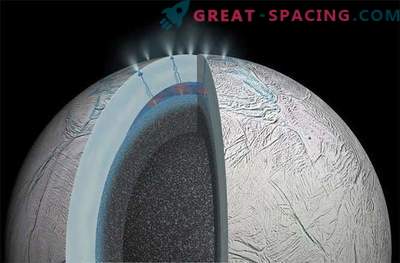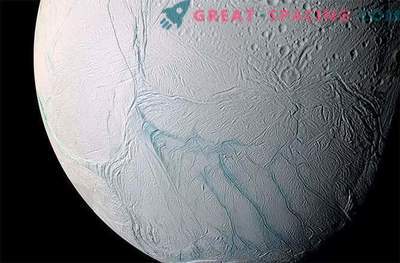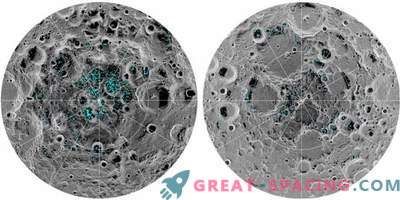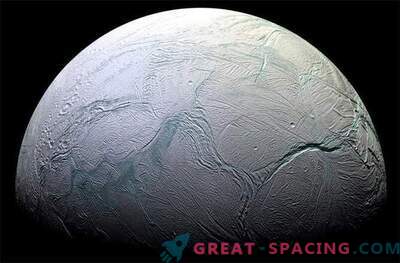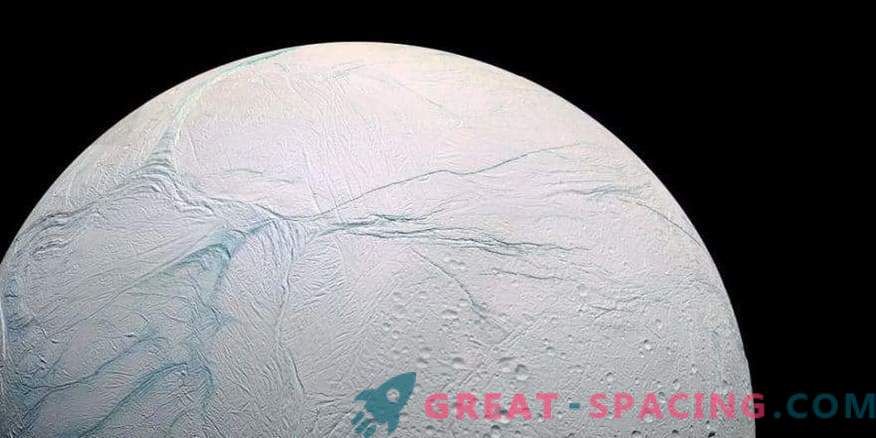
New research suggests that Enceladus can be perceived as a potentially habitable world. There is enough thermal energy in the satellite to create hydrothermal activity, which has been developed for billions of years by the process of tidal friction. This is the first concept to explain the main features of the surface with a diameter of 500 km, captured by Cassini.
It is a global salt ocean under an ice shell with a thickness of 20-25 cm. Activity manifests itself over the southern polar region, where jets of water vapor leak through the cracks. The Cassini machine collected discarded material, in which salts and silica dust were present. Analysis shows that they are created by hot water (90 ° C) and are in contact with the rock in the core.
These results require a powerful heat source. It is believed that the eruptions are due to the tidal effect of Saturn. The ice shell deforms when rotating along an elliptical route around the planet. But the created energy is too weak to balance the loss of heat, otherwise the moon would freeze over 30 million years. But Enceladus remains active.

Jets break through water ice along the “tiger stripes” near the south pole of Enceladus. “Tiger stripes” are cracks that spray ice particles, water vapor and organic compounds. In the picture you can see 30 individual jets of various parameters. Image obtained by the flight of Cassini in 2009 at a distance of 14,000 km Previously, the situation remained mysterious, but scientists decided to carefully consider the role of the structure and composition of the rocky lunar core. New simulations are based on the fact that the core is represented by an unconsolidated, easily deformable porous rock, through which water can freely leak. Then it gradually heats up due to tidal friction.
Water circulates in the core and rises already hot to the surface. It is believed that one point of the seabed releases up to 5GW of energy. This is enough to create ejected jets. Models also show that most of the water must come from the polar territories. The Cassini apparatus noted a thinner ice shell in these areas, which confirms the assumption.
Simulations allow us to simultaneously explain the presence of the ocean on a global scale (heat transfer between the inner space and the ice shell) and activity concentration in a narrow region around the south pole.
Scientists believe that the contact of rock and water for tens of millions and billions of years is able to generate up to 30GW of heat. Future missions will be able to analyze organic molecules in streams in more detail. The presence of the radar on the device will also determine the thickness of the ice.
